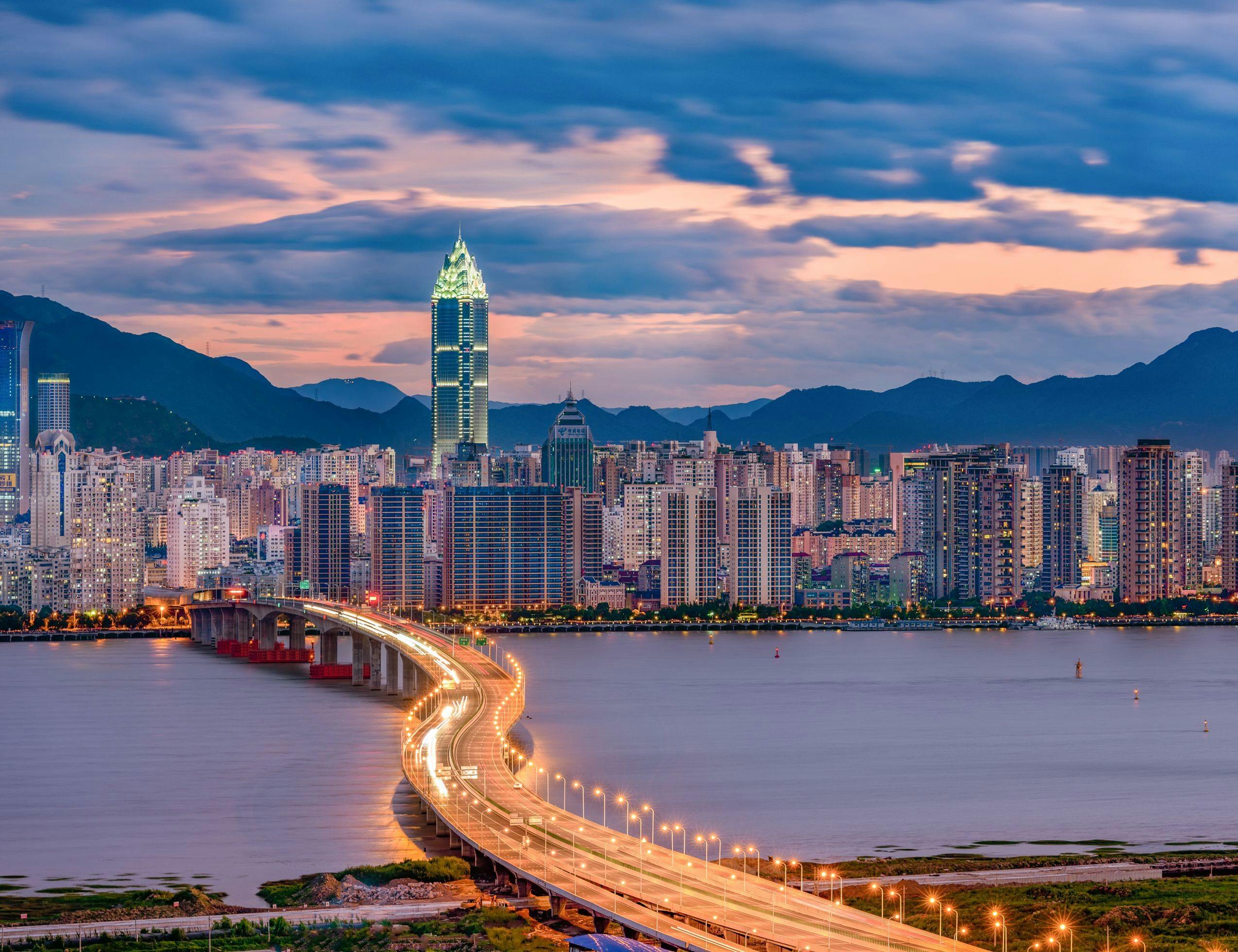In a new report, Morgan Stanley finds that by 2030, the spending power of consumers residing in China’s lower-tier cities is expected to reach 9.7 trillion. That will be almost on par with the size of the country's economy in 2015 (9.96 trillion).
The gigantic consumption power driven by the increase of individual disposable income in these lower-tier cities will have dramatic implications for the luxury sector in China. Growing incomes will lead to a diversification in spending behaviors, and result in an increased demand for high-quality goods and premium services.
Taking into account the GDP along with other criteria, Chinese cities are generally divided into four tiers. Tier-1 cities have a GDP of over 300 billion, while Tier-2 cities have a GDP ranging between 68 billion and 299 billion.
First-tier cities include metropolitan areas such as Beijing, Shanghai and Guangzhou. There are 26 second-tier cities including Hangzhou and Xiamen. Morgan Stanley excludes both of those tiers in its definition of lower-tier cities.
Today, the city of Lanzhou, the capital city of Gansu province in the Northwestern part of China, has a population of 3.6 million people. Last year, its annual GDP grew by 8.3 percent to 226.4 billion yuan (approximately US33.2 billion), beating the national average level of 6.7 percent, according to the annual report published by Lanzhou Statistics Bureau on its official website. The disposable income of the urban population rose 9.5 percent to 29,661 yuan (4351) during the same period.
In the future, per the report, cities like Lanzhou (a primary example of the market they discuss in the Morgan Stanley study), will contribute 59 percent to China’s annual nominal gross domestic product (GDP) and hold 70 percent of urban population.
Income growth in these small Chinese cities will accelerate in the next couple of years to gradually catch up with the big ones. A breakdown of this 9.7 trillion consumer market shows that by 2030, per capita disposable income for urban households will reach 8,261, nearly doubling the current level of 4,482. The former figure represents a 55 percent increase from the income level in 2016.
In recent years, some luxury brands have already established a presence in lower-tier cities by opening stores there. For instance, Louis Vuitton has boutique stores in third-tier cities such as Kunming, Shijiazhuang and Zhengzhou.
However, even though these companies have set up business there, their priorities still lie with customers in the first- and second-tier cities. The result is that too often, buyers in smaller cities visit luxury shops only to find outdated products and receive insufficient services.
Against the backdrop of the country’s ongoing attempts to transform itself from an export-oriented nation to one driven by consumption, these expected changes will make demands of luxury brands. They'll need to adjust their online and offline business strategy and adapt to the needs of these emerging consumers.

